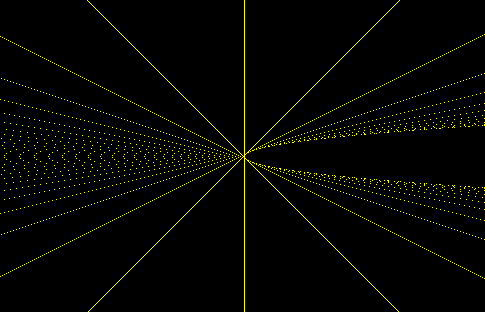Main Discussion
Galois Group
Now that groups and fields have been described, it is time to define the Galois group.
For starters, define a group G. Referring back to field extensions, if there exists an extension F of Q, then there exists a grouping of automorphisms of Q onto F. Let the group G be the container of these automorphisms. In general, this basic definition is referred to as the Galois group of the field extension. However, if the field F is actually the splitting field of a polynomial, then it can be called the Galois group of that polynomial.
If the Galois group is a grouping of automorphisms of a field, then how can one know it is a group? What is its operation? A Galois group makes use of function composition as its operation, f * g, where f and g are members of the Galois group.
So, what's the purpose of such an abstractly defined structure? The answer to this question involves what a Galois group is capable of doing. For instance, if a Galois group is found for a polynomial p(x), and one proves that this Galois group is soluble, then the polynomial has radical roots.


